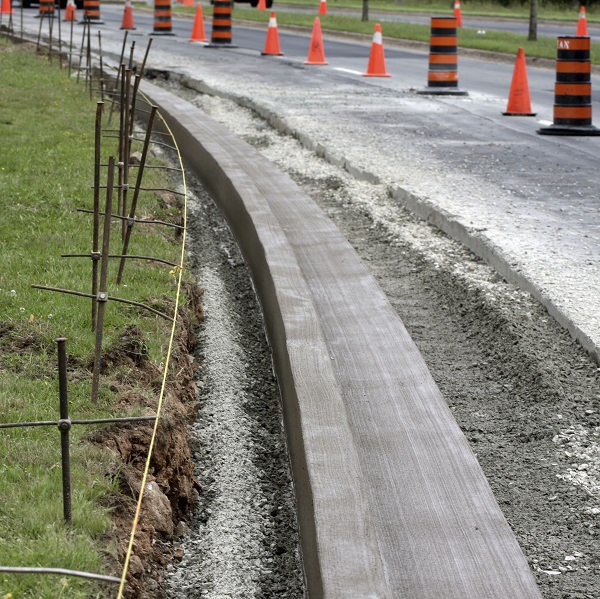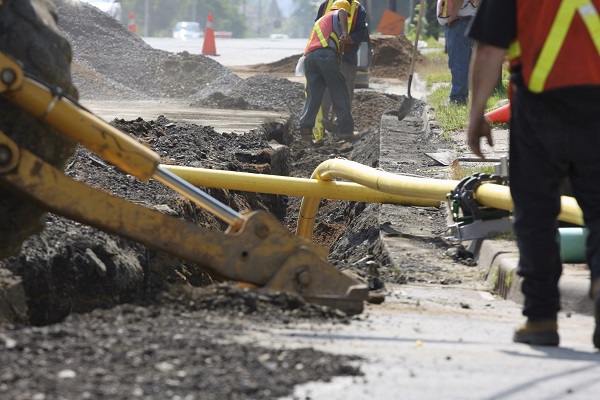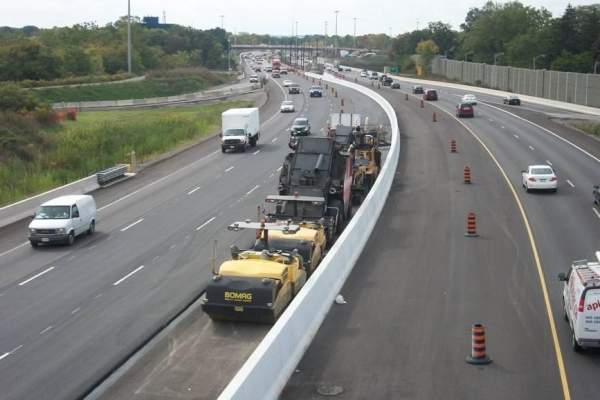





Road Works Safety
Without careful management, road works sites can be hazardous for road users and road workers.
Road works are a necessary part of a road’s lifecycle, including during initial construction, upgrades, maintenance and rehabilitation. Road works usually take place while roads are still used by traffic and unless the traffic is well-managed, work sites can become complex and unpredictable, and can greatly increase risk.
According to the CAREC Road Safety Engineering Manual 2: Safer Road Works, research has shown that the risk of a serious crash at or in a work site is 3-5 times higher than on any other section of the road. The Safer Road Works manual presents the current best practice for road safety at work sites, emphasizing:
- a “hierarchy of controls” approach to control the hazard and reduce risk at worksites: risk elimination (such as such as traffic diversion), engineering controls (such as safety barriers), administrative controls (such as reduced speeds) and personal protective equipment (such as high visibility vests).
- the importance of designing safe Traffic Management Plans (TMPs) and having them approved for safety by the road authority
- the six-zone concept for designing, implementing, and reviewing TMPs (early warning zone, advance warning zone, taper zone, safety buffer zone, work zone, and termination zone)
- close attention to the safety of road workers
- good practice in the use of signs and delineators at road works
- safe operating instructions for traffic controllers.
The webinar Road Safety at Roadworks: High Speed Roads – Traffic Management provides practical guidance on managing risk during road works.
- Increased safety for road users.
- Increased safety for road workers.
- A Traffic Management Plan (TMP) needs careful and detailed attention because
no two worksites are the same. - The safety of all road users (vehicles, motorcyclists, pedestrians and bicyclists) and road workers must be accounted for in the TMP.
- Long-term and short-term work often require different decisions about the safest management for each.
- A hierarchy of risk control measures allows decisions based on key risk control objectives.
The Star Rating Demonstrator is a freely available tool with the iRAP online software, ViDA. With the Star Rating Demonstrator, it is possible to explore the impact that this Safer Roads Treatment has on risk.
Treatment Summary
Case Studies
Related Images
 Lane widening works. Image credit: iStock
Lane widening works. Image credit: iStock Lane widening works. Image credit: iStock
Lane widening works. Image credit: iStock Lane widening works. Image credit: www.roadtraffic-technology.com
Lane widening works. Image credit: www.roadtraffic-technology.com










